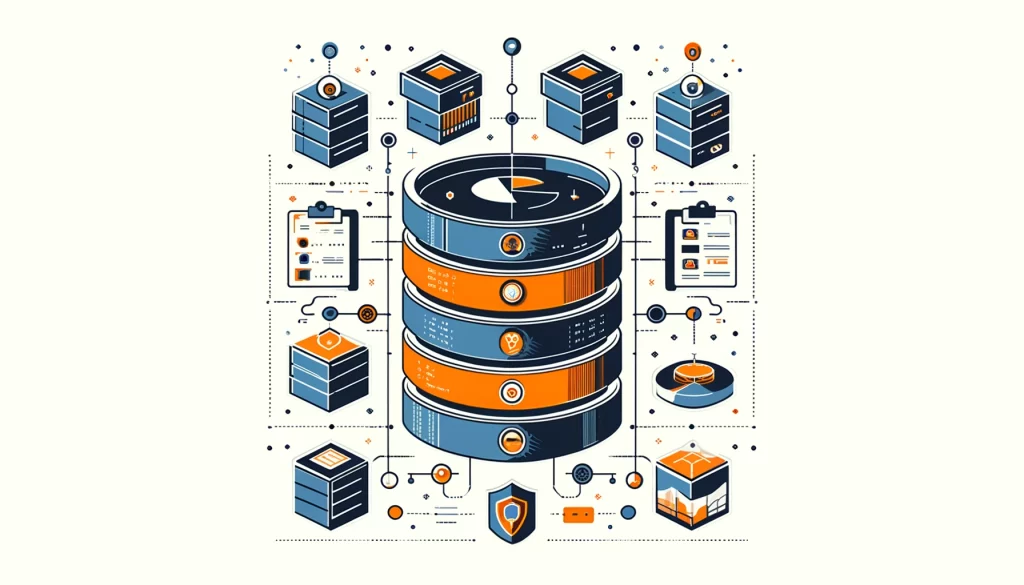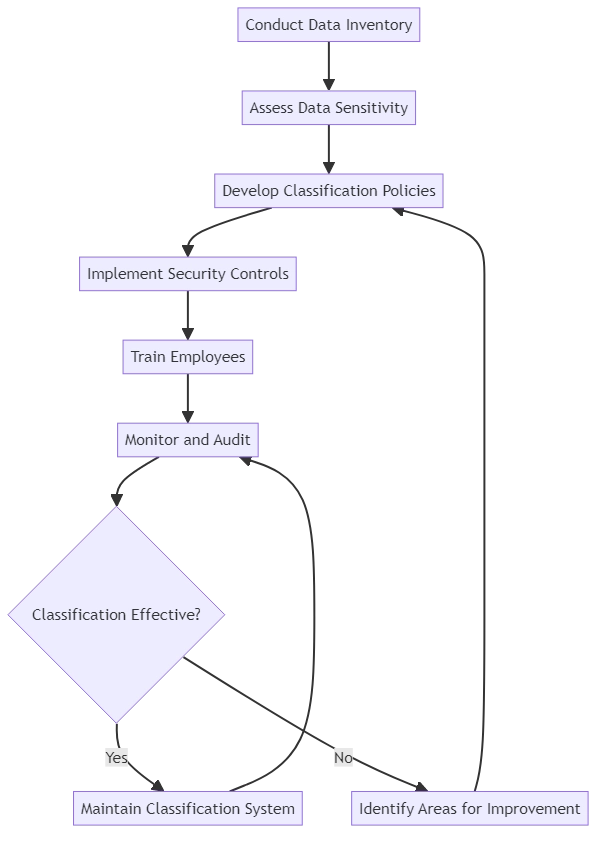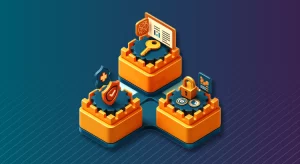
Data Classification

In the digital age, data is the driving force behind businesses, organizations, and even our personal lives. We create and use a lot of information every day. Knowing how to take care of this valuable asset is important. Also important to keep it safe. This is where data classification comes into play.
This is the process of organizing data into categories based on its sensitivity, value, and criticality. By implementing a well-structured data classification system, you can enhance data security, ensure compliance with regulations, and improve overall data management.
We will explore the basics of data classification and provide helpful tips to maximize its potential.
Why Data Classification Matters
Treating all data as equal can lead to security risks and inefficiencies because not all data created equal. Here’s why classification is crucial:
Enhanced Security
By identifying and categorizing sensitive data, you can implement appropriate security measures to protect it from unauthorized access, data breaches, and cyber threats.
Regulatory Compliance
Many industries must follow specific regulations that govern how they handle data, such as GDPR, HIPAA, and PCI-DSS. Data classification helps you comply with these regulations by ensuring that you properly identify and protect sensitive data.
Improved Data Management
Understanding the sensitivity and value of your data helps you make informed decisions. You can decide how to store it, control access to it, and manage its lifecycle.
Increased Efficiency
Data classification streamlines data management processes, making it easier to locate and retrieve information when needed.
The Four Levels of Data Classification
Most organizations use a four-tiered approach, which includes:
Public Data
You can freely share this information with anyone, both inside and outside the organization. Examples include press releases, product brochures, and public website content.
Internal Data
This category includes data that internal use only and should not share with external parties. Examples include company policies, employee handbooks, and internal memos.
Confidential Data
Authorized individuals on a need-to-know basis should access this sensitive information. Examples include financial records, customer data, and intellectual property.
Restricted Data
This is the most sensitive data, requiring the highest level of protection. Unauthorized access to this data could cause severe damage to the organization or individuals. Examples include trade secrets, personal health information, and classified government documents.
Implementing a Data Classification System
Let’s now explore how to implement a classification system in your organization.

Conduct a Data Inventory
Start by identifying and locating all the data within your organization. This includes data stored on servers, cloud platforms, employee devices, and physical documents. Create a comprehensive data inventory that lists all data assets, their locations, and their owners.
Assess Data Sensitivity
Once you have a data inventory, assess the sensitivity of each data asset. Consider factors such as the potential impact of unauthorized access, regulatory requirements, and the data’s value to the organization. Assign a classification level to each data asset based on its sensitivity.
Develop Classification Policies
Create clear and concise classification policies that define the criteria for each level, along with the corresponding security measures and access controls. These policies should be easily understandable and communicated to all employees.
Implement Security Controls
Based on the classification level of each data asset, implement appropriate security controls. This may include encryption, access control, monitoring, and data loss prevention (DLP) tools. Make sure to regularly review and update these controls to keep pace with evolving threats and regulations.
Train Employees
Educate your employees about the importance of data classification and their role in maintaining data security. Provide regular training sessions to ensure that everyone understands the classification policies and knows how to handle data appropriately.
Monitor and Audit
Continuously monitor your data classification system to ensure that it remains effective and up-to-date. Conduct regular audits to identify any gaps or areas for improvement. Be prepared to adapt your classification policies as your organization’s data landscape evolves.
Real-World Examples
To better understand the practical applications let’s look at a few real-world examples:
- In the healthcare industry, regulations such as HIPAA protect highly sensitive patient data. By labeling patient data as “restricted,” healthcare organizations can make sure that only authorized medical professionals can see it. This helps prevent data breaches and keeps patient information private.
- E-commerce: Online retailers collect a wealth of customer data, including personal information, purchase history, and payment details. E-commerce companies can keep customer data safe by labeling it as “confidential” and using strong security measures. This helps to build trust in their brand.
- Education: Educational institutions handle a variety of sensitive data, including student records, financial aid information, and research data. Universities and schools can protect student privacy and intellectual property. They can do this by organizing data based on sensitivity and using the right access controls.
Overcoming Data Classification Challenges
While classification is essential, it’s not without its challenges. Some common obstacles include:
- Data Volume: With the exponential growth of data, classifying and managing it can be a daunting task. Automated tools and machine learning can help classify data faster. This is especially useful as the amount of data keeps increasing.
- Consistency: Ensuring consistent classification across an organization can be challenging, especially if different departments have varying data handling practices. Establishing clear policies and providing regular training can help maintain consistency.
- User Adoption: Employees may resist change or find classification policies burdensome. To create a culture of data security, include employees in the classification process. Provide user-friendly tools for classification. Explain the benefits of classification to everyone.
Conclusion
Data classification is an essential tool for safeguarding valuable data assets. By recognizing the significance of classification and implementing a well-organized system, you can boost data security. This helps ensure compliance with regulations and enhances overall data management. To achieve these benefits, it’s crucial to follow best practices when classifying your data.
Remember, data classification is not a one-time project but an ongoing process. As your data landscape evolves, so should your classification policies and practices. To unlock the full potential of your data and keep it secure, stay vigilant and adapt to new challenges.
Start by assessing your data, developing classification policies, and educating your team. You’ll be well-equipped to navigate the complex world of data management and security.
